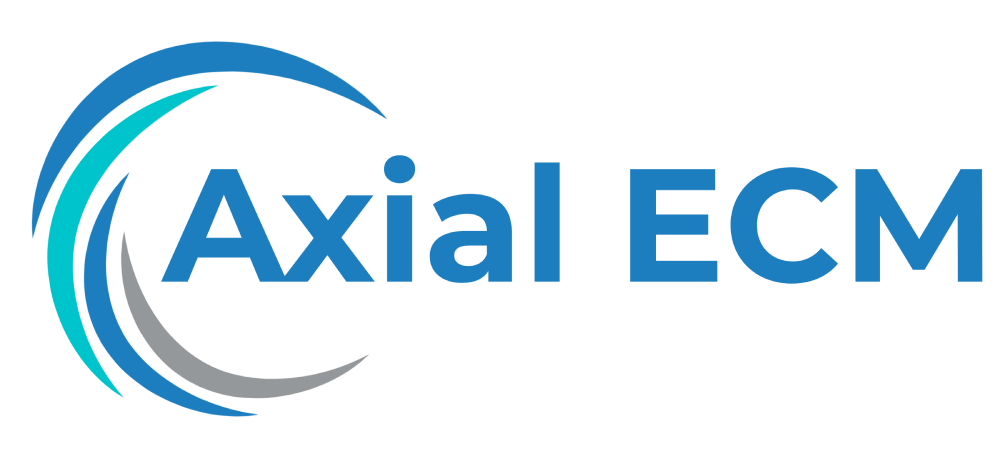ECM Training and Education: Best practices for training staff and educating users about ECM systems.
Cost-Effective ECM Training Strategies for Small Businesses
Implementing an enterprise content management (ECM) system can bring a multitude of benefits to small businesses. From improved document organization and retrieval to streamlined workflows and increased collaboration, ECM systems have the potential to revolutionize how businesses manage their information.
However, in order to fully capitalize on the advantages that ECM systems offer, it is essential to provide thorough training to staff and users. ECM training plays a crucial role in ensuring successful adoption and utilization of the system.
Challenges of ECM Training for Small Businesses
Small businesses often face budget constraints and limited resources when it comes to implementing new technologies. This can make ECM training seem like a daunting task. However, with strategic planning and cost-effective strategies, small businesses can overcome these challenges and ensure effective training for their employees.
Here are some cost-effective ECM training strategies that small businesses can implement:
1. Online Training Courses
Online training courses are a popular and cost-effective option for ECM training. Many ECM vendors offer online training modules that cover essential topics and functionalities of the system. These courses are typically self-paced, allowing employees to learn at their own convenience.
2. User Manuals and Documentation
Providing comprehensive user manuals and documentation can be an effective way to train employees on the various features and functions of the ECM system. These documents can serve as reference materials for employees to refer to whenever they need assistance or guidance while using the system.
3. Train-the-Trainer Approach
Small businesses with limited resources can adopt a train-the-trainer approach for ECM training. Instead of training every employee individually, select a few key employees to undergo in-depth training on the ECM system. These trained employees can then serve as internal trainers, sharing their knowledge and skills with the rest of the staff.
4. Utilize Free Resources
There are various free resources available online that provide information and training on ECM systems. Small businesses can take advantage of these resources to educate their employees about ECM best practices, system functionalities, and industry trends.
Implementing a Successful ECM Training Program
While cost-effective strategies are important, it is equally crucial to implement a comprehensive and well-structured ECM training program. Here are some steps businesses can follow to ensure a successful training program:
1. Assess Training Needs
Before designing the training program, it is essential to assess the training needs of the employees. This can be done by conducting surveys or interviews to understand their existing knowledge, skills, and challenges related to the ECM system.
2. Develop a Training Plan
Based on the training needs assessment, develop a training plan that outlines the objectives, topics, and delivery methods of the training program. Consider incorporating a mix of online courses, hands-on workshops, and knowledge-sharing sessions.
3. Tailor Training to Roles and Responsibilities
Employees have different roles and responsibilities within the organization, and their training needs may vary. Tailor the training program to ensure that each employee receives the relevant knowledge and skills to perform their job effectively using the ECM system.
4. Provide Ongoing Support
Training doesn’t end after the initial sessions. It is important to provide ongoing support to employees as they continue to use the ECM system. This can include a help desk for any technical queries, regular refresher training sessions, and continuous communication channels for feedback and suggestions.
ECM training is a critical investment for small businesses. By adopting cost-effective strategies and implementing a well-designed training program, small businesses can maximize the benefits of their ECM system and empower their employees to work more efficiently.
Conclusion
Successful ECM implementation relies on effective training. Small businesses, despite their limited resources, can still provide comprehensive training to their employees by leveraging cost-effective strategies such as online courses, user manuals, train-the-trainer approach, and free resources. By combining these strategies with a well-structured training program, businesses can ensure successful adoption and utilization of their ECM systems, leading to improved productivity, efficiency, and competitive advantage.
